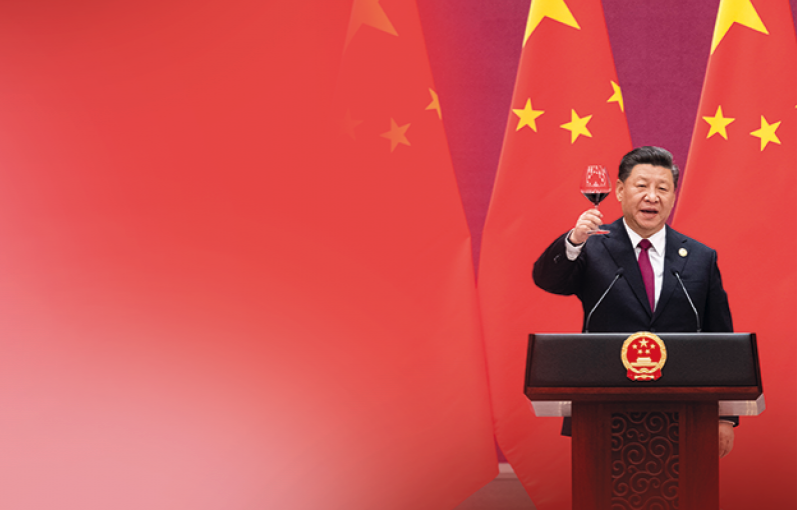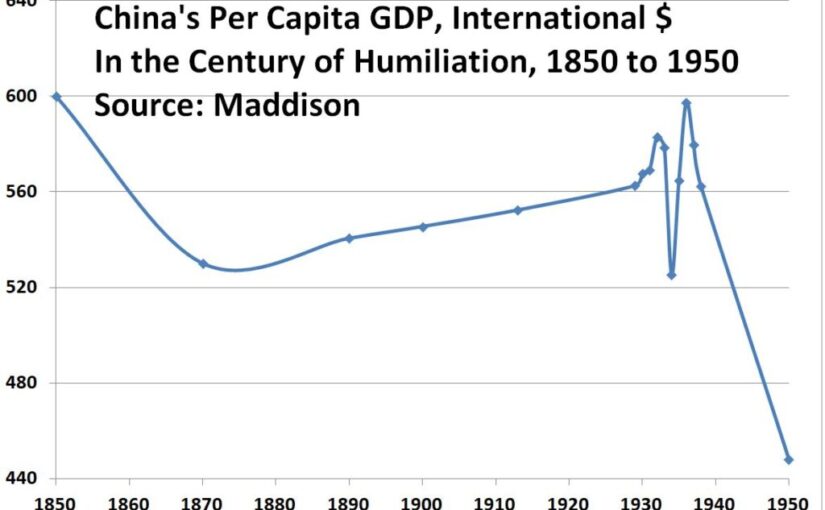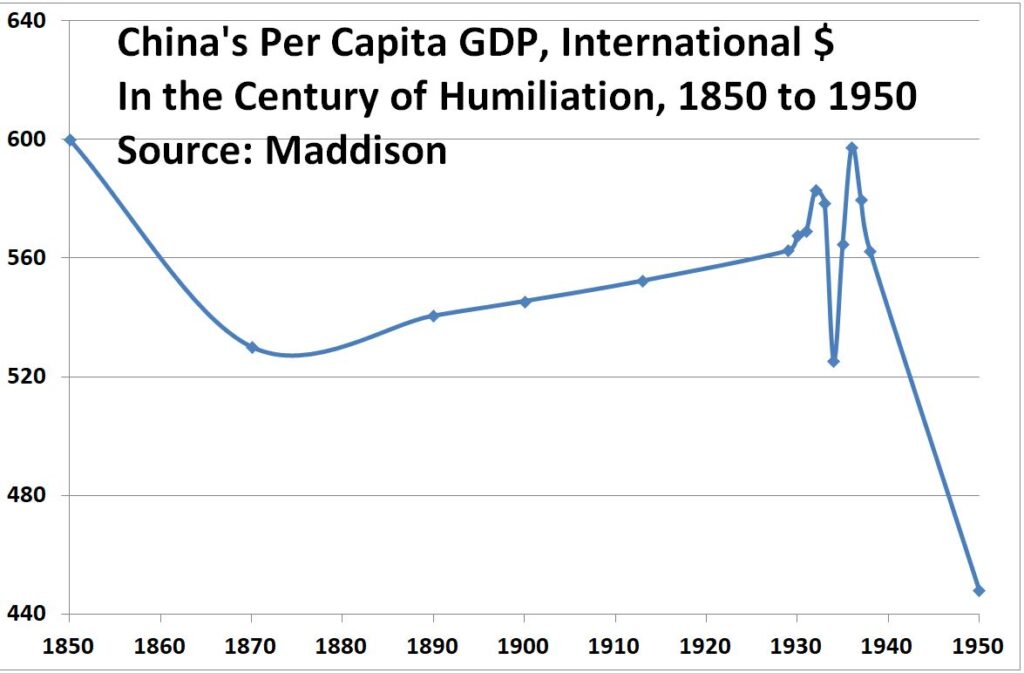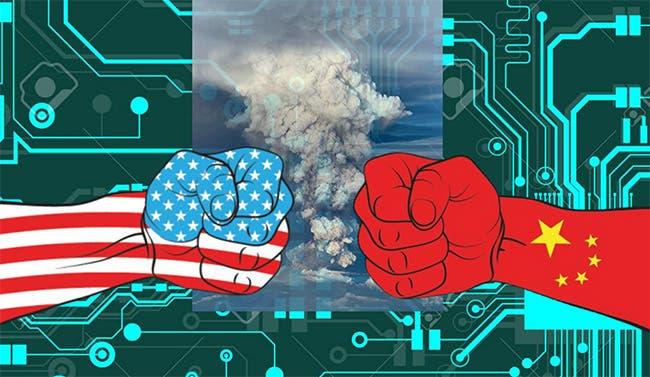We are republishing this article by Friends of Socialist China co-editor Carlos Martinez, which originally appeared in the Morning Star on 9 July 2021. It is the sixth and final article in a series about the history of the Communist Party of China, which celebrated its centenary on 1 July 2021.
Many consider that “reform and opening up” was a total transformation of Chinese economics and politics and a negation of the first three decades of socialist construction.
Certainly, the strategy adopted by the Deng Xiaoping leadership from 1978 was in part designed to correct certain mistakes and imbalances; however, it was also a response to changing objective circumstances — specifically, a more favourable international environment resulting from the restoration of Beijing’s seat at the United Nations (1971) and the rapprochement between China and the US.
Thomas Orlik, chief economist at Bloomberg Economics, correctly observes that, “When Deng Xiaoping launched the reform and opening process, friendly relations with the United States provided the crucial underpinning. The path for Chinese goods to enter global markets was open.”
So too was the door for foreign capital, technology and expertise to enter China — first from Hong Kong and Japan, then the West. Then premier Zhou Enlai reportedly commented at the time of US secretary of state Henry Kissinger’s historic visit to Beijing in 1971 that “only America can help China to modernise.” Even allowing for Zhou’s legendary diplomatic eloquence, this statement nevertheless contains an important kernel of truth.
Mao and Zhou had seen engagement with the US as a way to break China’s international isolation. The US leadership, meanwhile, saw engagement with Beijing as a way to perpetuate and exacerbate the division between China and the Soviet. Union.
The tragic reality of the split in the world communist movement is that everyone was triangulating; for its part, the Soviet leadership was hoping to work with the US to undermine and destabilise China.
Continue reading A century of the Communist Party of China: No Great Wall



